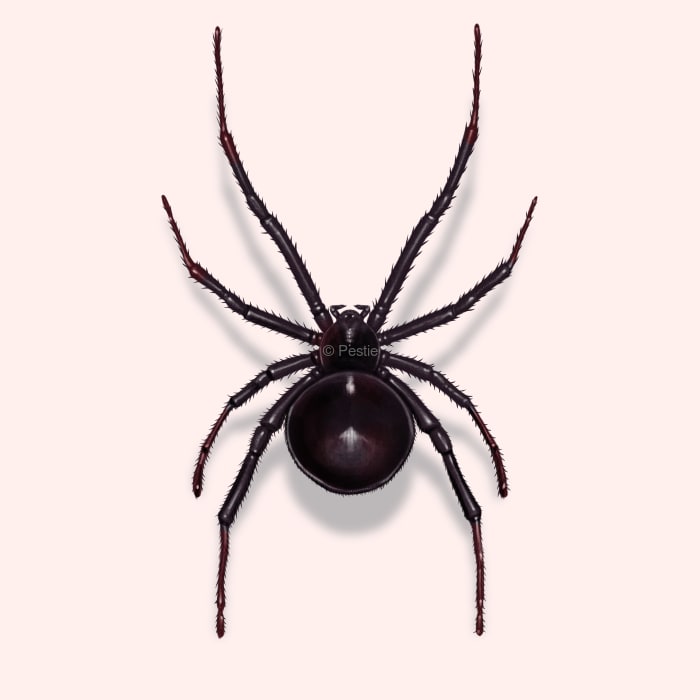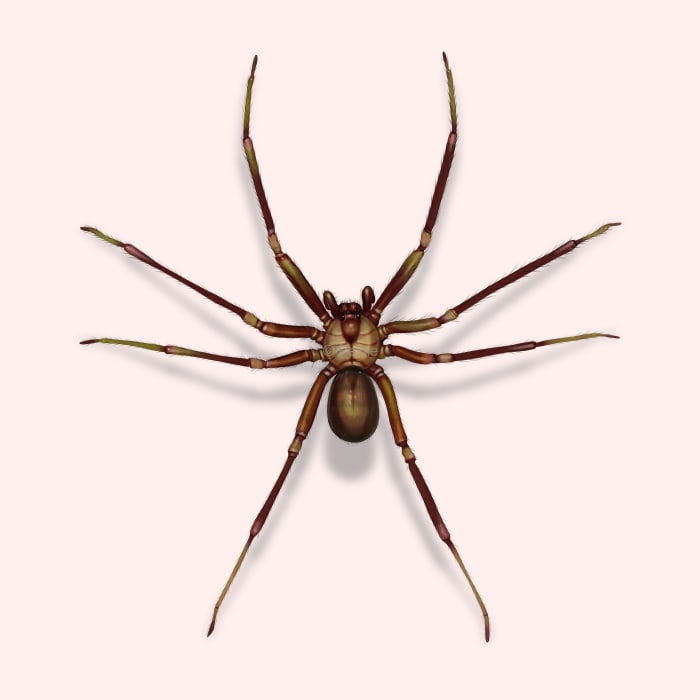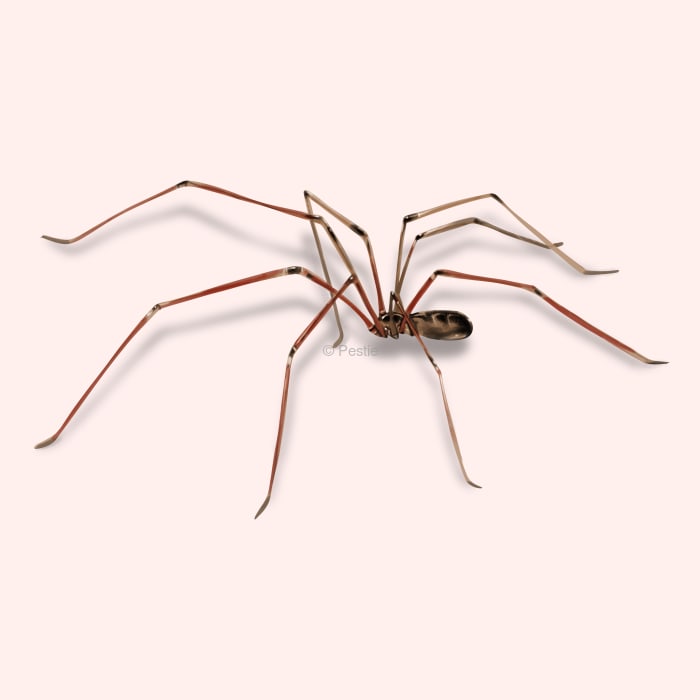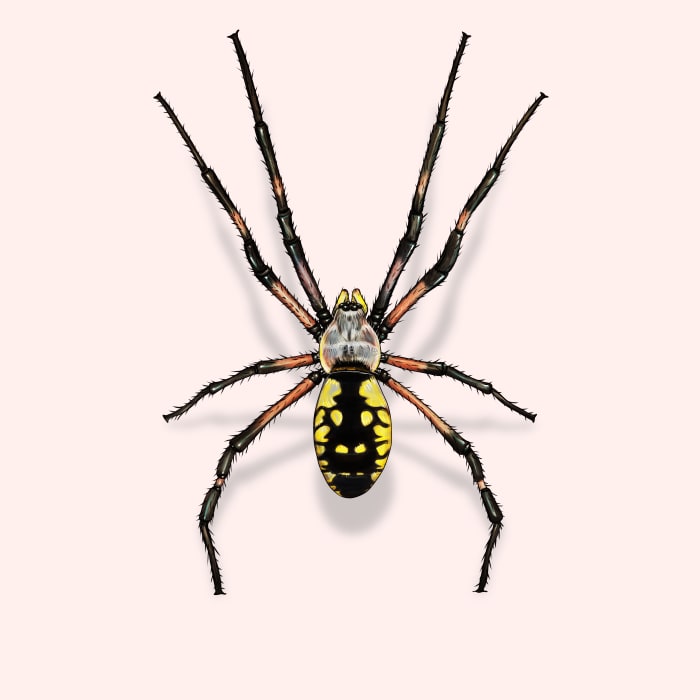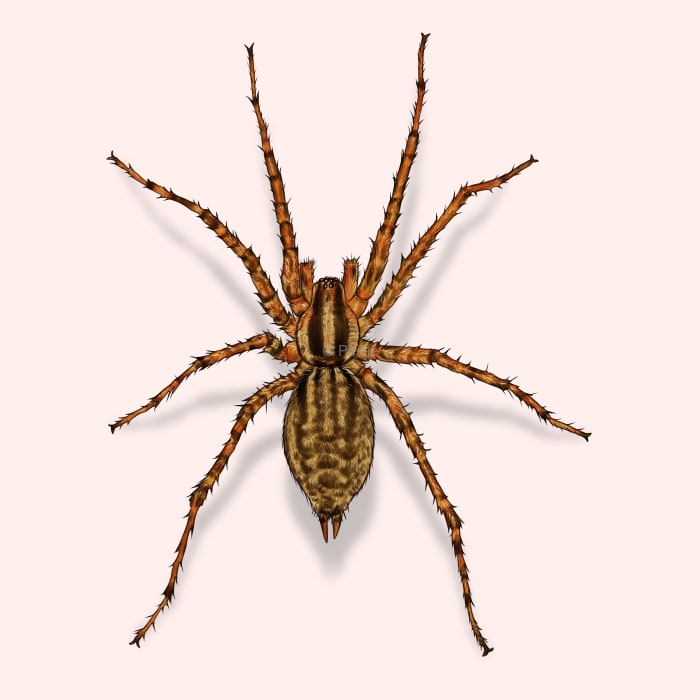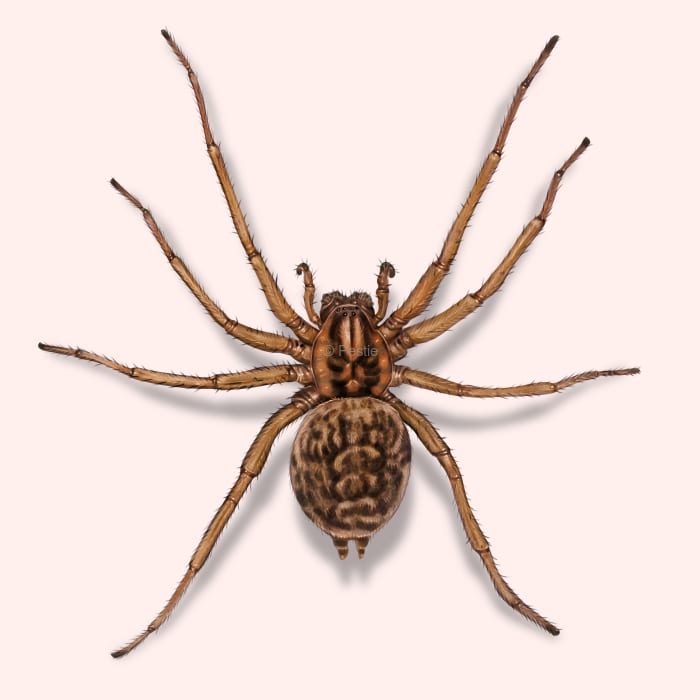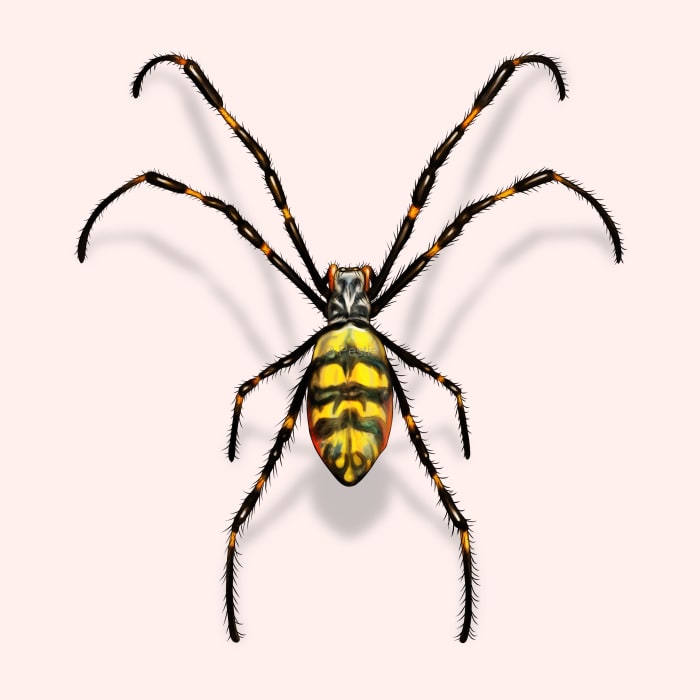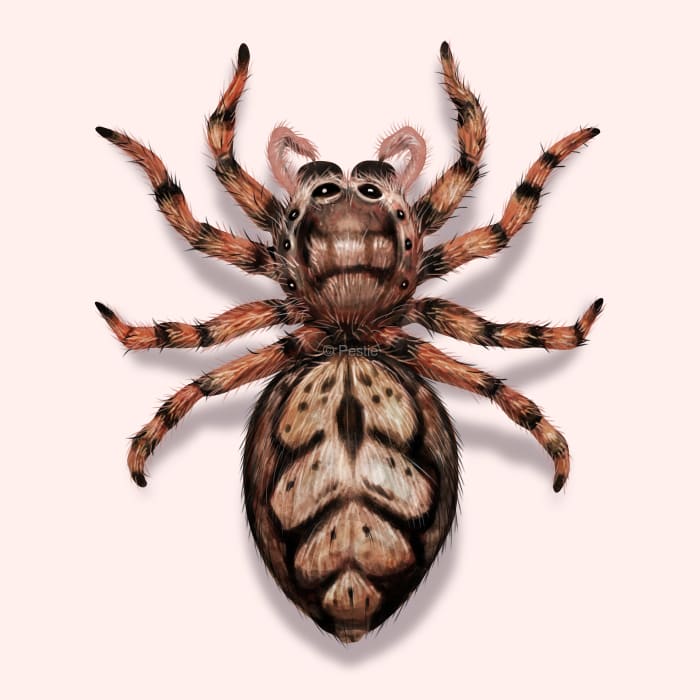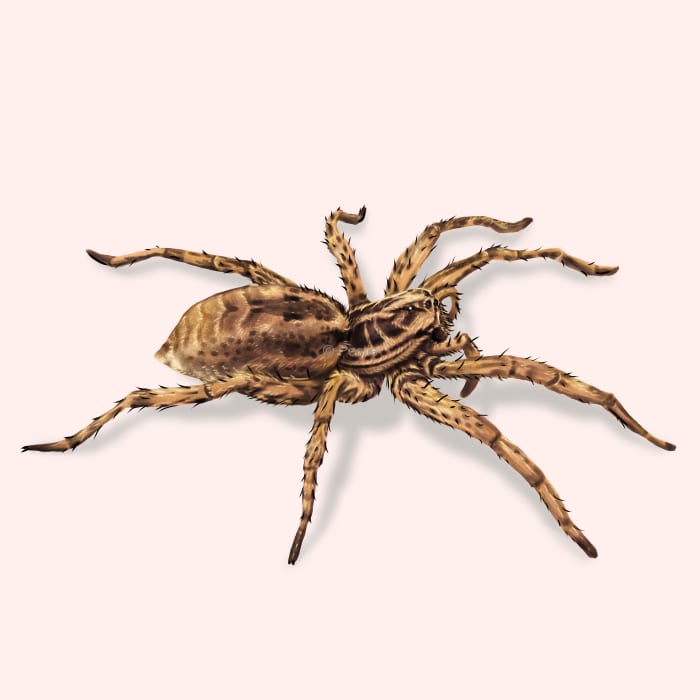How to identify and get rid of spiders
8-legged invertebrates that could be lurking in your home
Whether you find them in the attic, your basement, trapped in your bathtub, or hiding in your coat closet, spiders seem to be everywhere. These 8-legged invertebrates come in all kinds of colors and sizes. But even though there are over 50,000 different types of spiders in the world, only a handful are considered household pests.
Spiders live in all sorts of habitats and environments. Some prefer dark and humid areas, while others may thrive in dry, sunny places. One common characteristic is that they all eat a carnivorous diet, either hunting prey or waiting for prey to come to them.
While all spiders produce some kind of silk, not all of them are creating webs to catch prey. Some only use silk to create egg sacs, while others use it as a safety line while jumping, as an underwater breathing tank, or as a wrap to save their food for later.
How to identify spiders
Even though spiders come in a variety of shapes, colors, and sizes, there are a few defining characteristics that make a spider a spider.
All spiders have 8 legs and two body segments. The head is fused with the middle segment, called the cephalothorax and the hind end of a spider is called the abdomen. They also have two appendages on the front called pedipalps and a set of venomous fangs. Additionally, all spiders have spinnerets that produce silk from the abdomen.
What are the most common spiders found in homes?
While that question depends on where you live, for those in the US, the most common spiders in the house include:
- American House Spider – They make messy webs in dark corners of cabinets, attics, and windows.
- Wolf Spider – They actively hunt insects and can be found in garages, basements, and sheds.
- Black Widow Spider – These infamous spiders hide in undisturbed crevices, like garages, basements, or closets.
- Brown Recluse – Known for their fiddle back markings, these spiders like to hide in closets, folded towels, sheets, or clothes on the ground.
- Jumping Spiders – These active daytime hunters can wander into your home and like to hangout on walls, ceilings or near windows.
Fun fact
Spider silk is a miraculous material. It’s five times stronger than steel, tougher than Kevlar, and thinner than a strand of human hair. Plus, spiders can produce seven different types of silk, each one with a unique purpose.
Are spiders dangerous?
Most spiders are rather harmless, but a few can cause medical problems. These include the brown recluse, brown widow spiders, and black widow spiders.
What is the most venomous spider in the world?
If you’re looking for a spider that can possibly kill you, then you’ll need to either head to Australia to come face-to-face with the Sydney funnel-web spider or travel to Brazil and interact with the Brazilian wandering spider. Both of these spiders have been known to kill humans, but luckily there are anti-venom treatments for those that do get bitten.
How to get rid of spiders
Spiders will go where the food is. So, if you keep finding spiders inside your home, there might be other unseen reasons why they keep stopping by.
Nonetheless, if you want to keep spiders out of your home and away from your property, then follow these tips:
- Clean up clutter in and around your home to remove hiding places
- Seal up cracks and gaps in walls and foundation
- Repair holes in screens and install weather stripping around windows and doors
- Get rid of other insect pests around the property to eliminate a food source
- A pro-grade barrier spray, like Pestie, can help keep spiders away from your home
Should I kill spiders I find in my home?
Finding a spider in your house can be a little unnerving. Deciding to kill it can depend on your view of spiders and the type of spider you see. Some people feel that any good spider is a dead spider, while others may understand its role in keeping pests under control. If you don’t want to kill the spider, it’s best to release it outside safely.
While most spiders are quite harmless, there are a few species that can be of medical concern, such as brown recluses and black widows.
Treat spiders with Pestie
If you're still having trouble keeping spiders away, the best option is to use a pro-grade, effective pest control solution like Pestie.
Pestie is a do-it-yourself pest control solution that's specially designed to keep spiders and other pests away from your home.
With Pestie, you can rest easy knowing that your living space is protected and free of creepy crawlies. And the best part? It's designed for people, pets, and the planet, so you can say goodbye to harsh chemicals and hello to peace of mind!
- Save hundreds compared to traditional annual pest plans
- People, pet, and planet-friendly
- Pro-grade customized formulas







